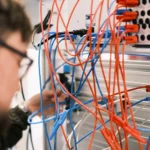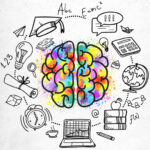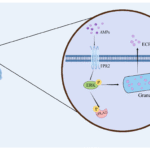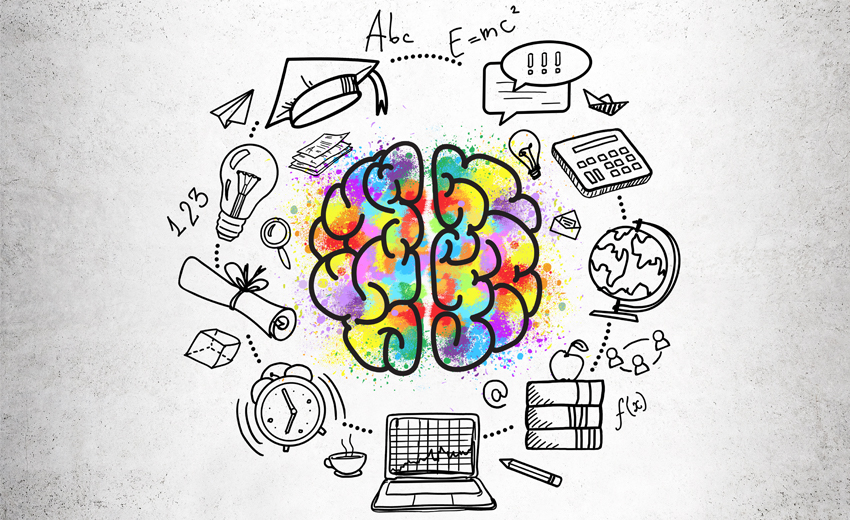Recent advances in neuroscience have transformed our understanding of how the brain learns, offering valuable insights that can revolutionize education across all levels. For teachers willing to bridge the gap between laboratory research and classroom practice, these discoveries provide a scientific foundation for instructional decisions that can dramatically improve student outcomes while debunking persistent neuromyths that have misdirected educational efforts for decades.
The human brain’s remarkable plasticity—its ability to reorganize itself by forming new neural connections throughout life—lies at the heart of learning. This neuroplasticity explains why enriched environments, novel experiences, and targeted practice can literally change brain structure and function. Educational approaches that strategically leverage this plasticity through spaced practice, interleaving of content, and varied application create stronger, more extensive neural networks than traditional massed practice or single-context learning.
Memory formation involves complex processes occurring across different timescales and brain regions. Working memory—our limited capacity system for temporarily holding and manipulating information—serves as a gateway to more permanent learning. Effective instruction acknowledges working memory limitations by chunking information, providing external scaffolds, and gradually releasing responsibility as students develop automaticity with foundational skills. Consolidation of long-term memories occurs largely during sleep, highlighting the importance of adequate rest for optimal learning outcomes.
Attention mechanisms in the brain determine which information receives processing priority. Contrary to popular belief, the human brain cannot truly multitask complex cognitive functions—instead, it rapidly switches between tasks, reducing efficiency and increasing error rates. Educational environments that minimize distractions, incorporate brief attentional resets, and teach explicit strategies for sustained focus align with the brain’s attention systems. Furthermore, emotional engagement activates attentional networks, explaining why personally relevant or emotionally resonant content is typically better remembered.
The Neuroscience of Learning
Executive functions—including working memory, inhibitory control, and cognitive flexibility—develop throughout childhood and adolescence as the prefrontal cortex matures. These functions strongly predict academic success, often more powerfully than IQ measures. Structured environments that provide appropriate challenges, explicit strategy instruction, and opportunities to practice self-regulation support executive function development. Games and activities requiring planning, controlled response, and mental flexibility can strengthen these critical capacities when systematically incorporated into educational experiences.
The brain’s reward circuitry plays a crucial role in motivation and learning. When students experience the pleasurable dopamine release associated with successful challenge, prediction accuracy, or knowledge acquisition, they develop intrinsic motivation for learning activities. Educational approaches that provide appropriate challenge levels, immediate feedback, visible progress indicators, and opportunities for autonomous discovery activate these natural reward systems more effectively than external incentives alone.
Social processing networks in the human brain developed through evolutionary adaptation for group living. These specialized neural systems respond strongly to social feedback, status relationships, and perceived belonging or exclusion. Learning environments that establish psychological safety, foster positive relationships, and utilize collaborative structures leverage these social brain networks to enhance engagement and retention. Conversely, negative social experiences trigger threat responses that impair cognitive function and redirect attentional resources toward self-protection rather than learning.
The reading brain represents a remarkable example of neuroplasticity, as this evolutionary recent skill repurposes neural networks originally devoted to object recognition and language processing. Understanding the distinct neural pathways involved in decoding (connecting symbols to sounds) and comprehension (extracting meaning) clarifies why each requires explicit, systematic instruction. Reading difficulties often reflect specific processing challenges in the phonological pathway, visual word form area, or comprehension networks—each requiring targeted intervention approaches based on neuroscientific understanding.
Implications for Classroom Practice
Mathematical thinking engages multiple brain regions, including visuospatial networks, language areas, and quantitative processing systems. The development of numerical cognition follows predictable patterns, beginning with innate approximate quantity recognition and developing toward abstract symbolic manipulation. Educational approaches that connect concrete experiences, visual representations, and abstract symbols align with the brain’s progressive organization of mathematical knowledge. Anxiety specifically targeting mathematical performance activates threat response networks that compete for working memory resources, explaining why stress reduction strategies can directly improve mathematical performance.
The adolescent brain undergoes dramatic remodeling, including substantial pruning of unused neural connections and continued myelination of frequently used pathways.
Arts education engages unique combinations of neural networks, developing specialized processing capabilities not activated through other content areas. Music training enhances auditory processing, timing mechanisms, and cross-hemispheric integration. Visual arts develop observational acuity, spatial reasoning, and symbolic thinking. Drama strengthens perspective-taking, emotional regulation, and verbal expression. Dance combines kinesthetic awareness, spatial orientation, and rhythmic processing. These distinctive neural benefits explain why arts integration often enhances learning across disciplines.
Stress response systems significantly impact learning processes. While mild, temporary stress can focus attention and enhance memory formation, chronic or intense stress triggers prolonged cortisol release that damages hippocampal structures critical for explicit memory formation. Trauma-informed educational approaches recognize these neurobiological impacts, creating predictable environments, teaching self-regulation strategies, and providing emotional support structures that enable learning despite adverse experiences.
Digital technology influences neural development through the learning experiences it provides or displaces. Screen-based activities typically activate different neural networks than physical manipulation, face-to-face interaction, or natural environment exploration. Educational technology decisions should consider these differential impacts, strategically employing digital tools for their unique affordances while preserving essential experiences that develop specialized neural systems through physical and social interaction.
Nutrition and sleep fundamentally impact cognitive function and learning capacity. The developing brain requires specific nutrients for optimal myelination, neurotransmitter production, and structural development. Inconsistent or inadequate nutrition creates physiological barriers to learning independent of educational quality. Similarly, sufficient sleep is essential for memory consolidation, emotional regulation, and attentional capacity. Educational systems that address these physiological foundations through appropriate scheduling, nutrition programs, and parent education support the biological requirements for optimal brain development.
Conclusion
As neuroscience research continues to advance our understanding of learning mechanisms, translational work between researchers and educators becomes increasingly important. The most promising developments emerge from bidirectional communication—researchers investigating questions relevant to educational practice and educators systematically testing applications of neuroscientific principles. This collaborative approach promises more effective educational systems designed around how the brain actually learns rather than traditional practices based on historical convenience or untested assumptions.











